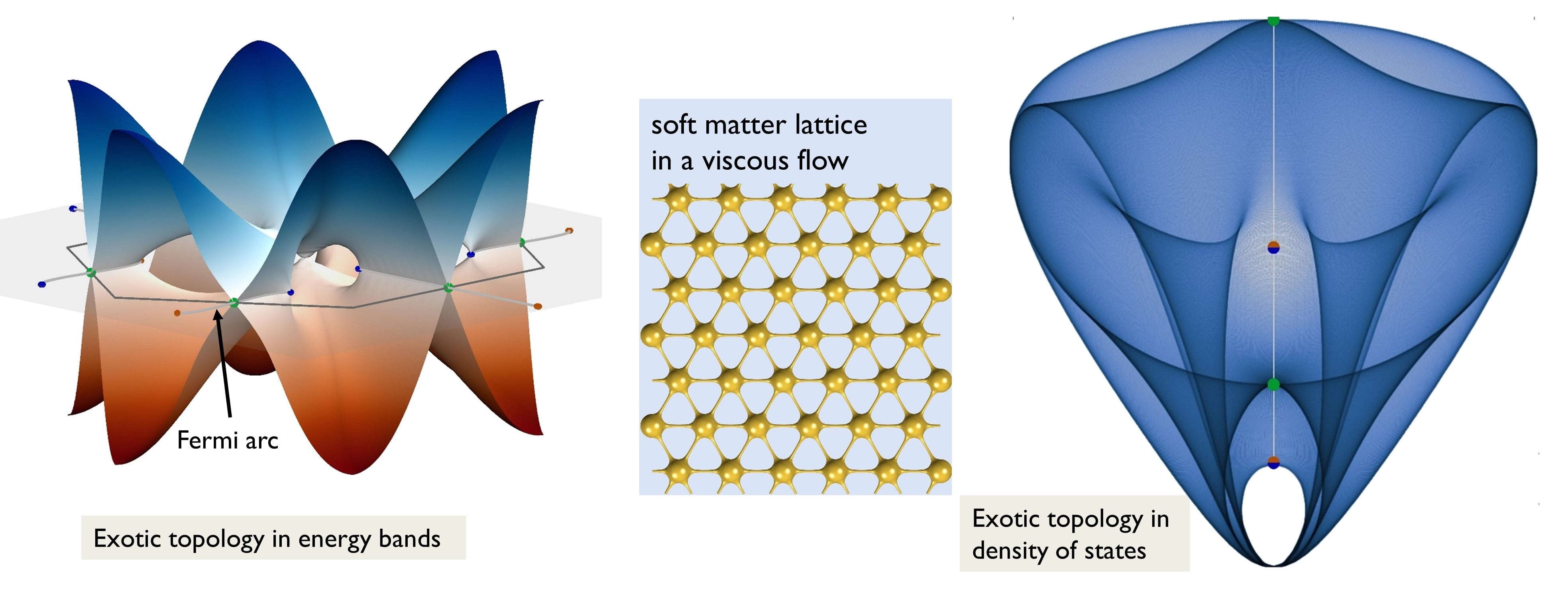주메뉴
- About IBS 연구원소개
-
Research Centers
연구단소개
- Research Outcomes
- Mathematics
- Physics
- Center for Theoretical Physics of the Universe(Particle Theory and Cosmology Group)
- Center for Theoretical Physics of the Universe(Cosmology, Gravity and Astroparticle Physics Group)
- Center for Exotic Nuclear Studies
- Center for Artificial Low Dimensional Electronic Systems
- Center for Underground Physics
- Center for Axion and Precision Physics Research
- Center for Theoretical Physics of Complex Systems
- Center for Quantum Nanoscience
- Center for Van der Waals Quantum Solids
- Chemistry
- Life Sciences
- Earth Science
- Interdisciplinary
- Center for Neuroscience Imaging Research(Neuro Technology Group)
- Center for Neuroscience Imaging Research(Cognitive and Computational Neuroscience Group)
- Center for Algorithmic and Robotized Synthesis
- Center for Genome Engineering
- Center for Nanomedicine
- Center for Biomolecular and Cellular Structure
- Center for 2D Quantum Heterostructures
- Center for Quantum Conversion Research
- Institutes
- Korea Virus Research Institute
- News Center 뉴스 센터
- Career 인재초빙
- Living in Korea IBS School-UST
- IBS School 윤리경영


주메뉴
- About IBS
-
Research Centers
- Research Outcomes
- Mathematics
- Physics
- Center for Theoretical Physics of the Universe(Particle Theory and Cosmology Group)
- Center for Theoretical Physics of the Universe(Cosmology, Gravity and Astroparticle Physics Group)
- Center for Exotic Nuclear Studies
- Center for Artificial Low Dimensional Electronic Systems
- Center for Underground Physics
- Center for Axion and Precision Physics Research
- Center for Theoretical Physics of Complex Systems
- Center for Quantum Nanoscience
- Center for Van der Waals Quantum Solids
- Chemistry
- Life Sciences
- Earth Science
- Interdisciplinary
- Center for Neuroscience Imaging Research(Neuro Technology Group)
- Center for Neuroscience Imaging Research(Cognitive and Computational Neuroscience Group)
- Center for Algorithmic and Robotized Synthesis
- Center for Genome Engineering
- Center for Nanomedicine
- Center for Biomolecular and Cellular Structure
- Center for 2D Quantum Heterostructures
- Center for Quantum Conversion Research
- Institutes
- Korea Virus Research Institute
- News Center
- Career
- Living in Korea
- IBS School
News Center
The exotic and the common: a new bridge between topological and soft matterExotic topological features that were thought to exist only in sophisticated quantum matter systems emerge in ordinary soft matter at room temperature, demonstrating that the so-called exotic phenomena are much more widespread than previously realized. The conservation of energy in closed systems is a fundamental tenet of physics, but in practice, most of the systems we know are open and dissipative, exchanging energy and information with the external world. In recent years, it was discovered that such open systems (mathematically called “non-Hermitian”) show unique geometric. In particular, their energy bands are skewed and kinked in “exotic” shapes, as was observed in cleverly engineered optical and electronic systems. But a natural question remained unanswered: Can we see such exotic topology in more common settings? After all, we are engulfed by a dissipative world, and living organisms are immanently open to exchange with the environment at all scales. A work done in the Theory Group of the IBS Center for Soft and Living Matter in Ulsan answers this question with a resounding yes. By linking topology and hydrodynamics, it demonstrates for the first time exotic topological hallmarks in standard soft matter: a simple elastic network subject to viscous flow (see Figure). Strikingly, one can even observe the “bulk Fermi arc”, a particularly elusive exotic shape that so far has been observed only in one photonic crystal. Similar physical settings of elastic matter in viscous flow are widespread in soft and living matter, for example, in tissues and colloidal crystals. One may even construct such soft lattices at the nanoscale from DNA and protein. All this suggests that exotic topology is omnipresent in our immediate environment, perhaps even in our bodies. Just as in the fields of electronic or photonic topological materials, we may even start thinking about possible applications of topology-based technology in this ordinary regime.
|
| Next | |
|---|---|
| before |
- Content Manager
- Public Relations Team : Yim Ji Yeob 042-878-8173
- Last Update 2023-11-28 14:20












